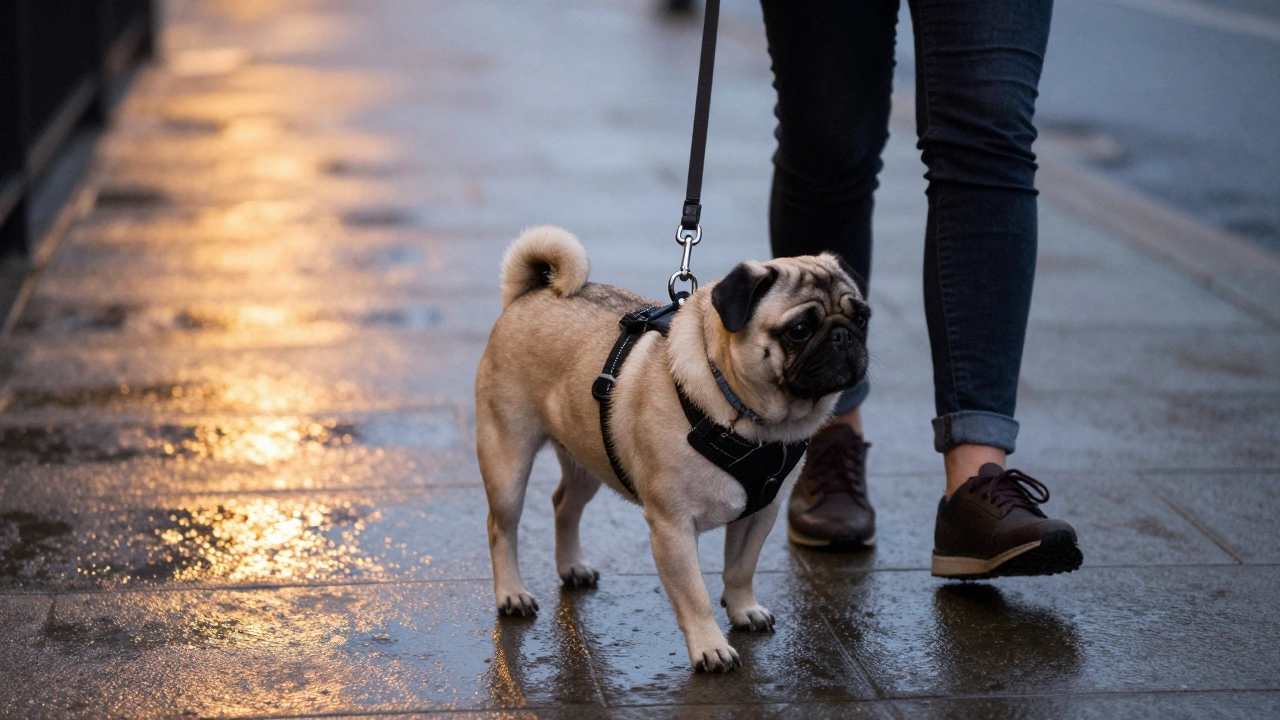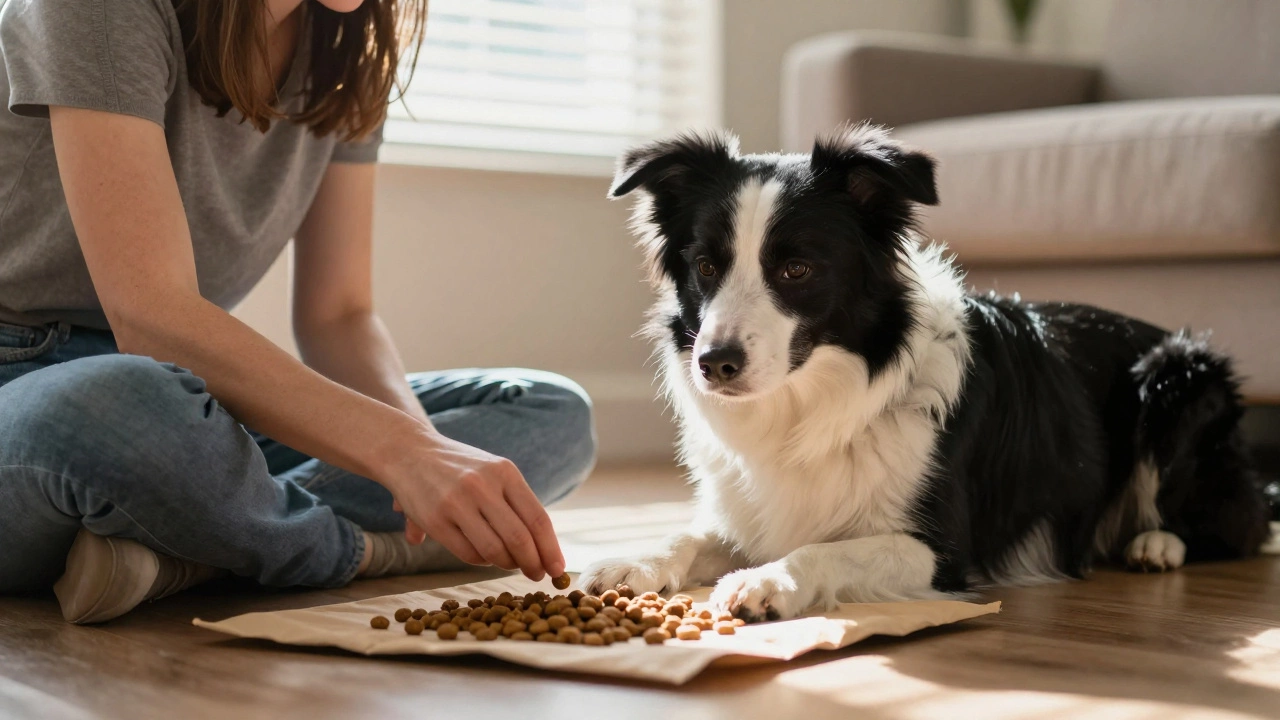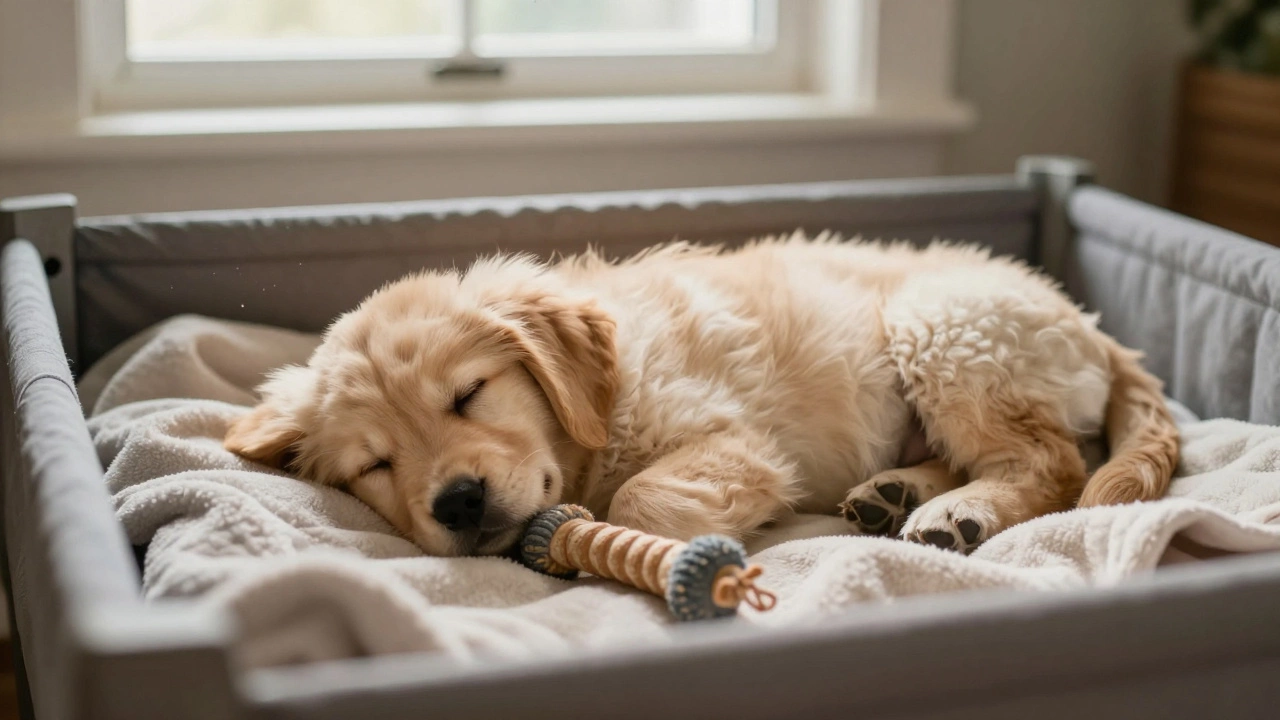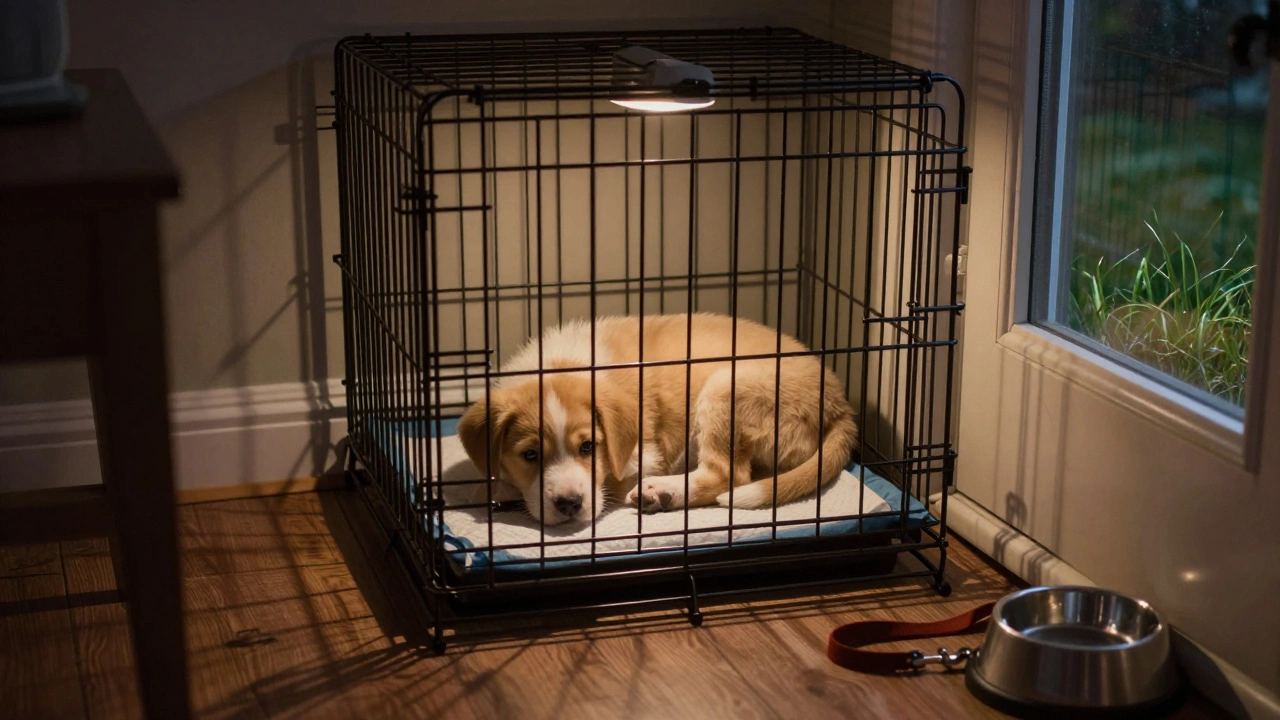Canine Sleep Schedule
When planning a Canine Sleep Schedule, a structured plan that maps out when and where a dog rests each day. Also known as Dog Sleep Routine, it helps balance energy, mood and health. A solid schedule canine sleep schedule reduces nighttime barking, keeps weight stable, and makes training easier. It works hand‑in‑hand with a Dog Crate at Night, a safe, cozy spot that signals bedtime to your pet. When you pair a crate with a consistent routine, the dog learns that the crate means “rest time,” not “punishment.” Another key player is the Puppy Sleep Routine, which teaches young dogs the difference between play and sleep, curbing early‑morning wake‑ups. Finally, managing Dog Anxiety through soothing sounds or gentle petting can prevent restless nights and keep the sleep schedule on track.
Why a Consistent Schedule Matters
First, a predictable bedtime cues the brain to release melatonin, the hormone that nudges dogs into deep rest. Second, regular sleep windows align with a dog’s natural circadian rhythm, which varies by breed and age. For example, a high‑energy Border Collie thrives on two short naps and a longer night sleep, while a senior Labrador needs longer, uninterrupted rest. Third, a stable schedule lowers cortisol, the stress hormone that fuels anxiety and can lead to health issues like a weakened immune system. When you keep the crate clean, place it in a low‑traffic area, and add a soft blanket, you create an environment that supports the schedule and reduces anxiety triggers.
Putting the pieces together looks like this: set a fixed “lights‑out” time, walk the dog right before dinner, offer a calming chew or a low‑volume TV, then guide the pet into the crate with a gentle command. Keep the crate door closed for the same number of hours each night, and let the puppy out for a quick bathroom break if needed. Over time, the dog associates the sequence – walk, dinner, calm, crate – with sleep, making bedtime smoother for both of you. If you notice excessive barking or pacing, check the crate setup, reduce evening stimulation, and consider a short soothing massage to lower anxiety levels.
In practice, owners who track their dog’s sleep find patterns they can tweak. A simple spreadsheet noting bedtime, wake‑up time, and any nighttime interruptions can highlight if a new toy, a change in diet, or a vet visit is throwing the schedule off. Adjusting food timing, limiting treats after dinner, and ensuring the dog gets enough daytime exercise are all quick fixes that keep the sleep schedule sturdy.
Below you’ll find a range of articles that dig deeper into each of these topics – from crate safety tips and puppy‑specific routines to ways to calm anxious dogs at night. Browse the collection to build a sleep plan that fits your dog’s breed, age and personality, and enjoy quieter evenings for the whole household.
Do Dogs Sense Bedtime? Understanding Canine Sleep Cues
Discover how dogs sense bedtime, read their sleep cues, and create a calming routine that ensures a good night’s rest for both pet and owner.






